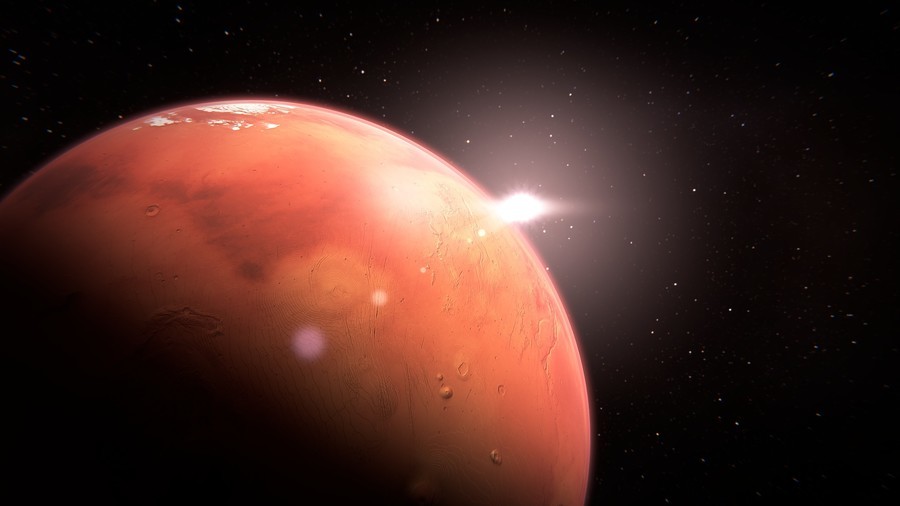NASA says humans could land on Mars in 25 years
https://www.rt.com/usa/443989-nasa-mars-25-years/
NASA has said that the first human flights to Mars could take place in 25 years, as long as someone comes up with the technology to properly shield astronauts from deadly radiation.
With Mars around 140 million miles from Earth, sending humans there poses difficulties far beyond anything faced by the Apollo missions to the moon. With current rocket technology, Mars is a nine month journey, during which astronauts would be at the mercy of solar radiation and muscle decay from prolonged exposure to zero gravity conditions.

 |
|

 Thanks:
Thanks:  Likes:
Likes:  Dislikes:
Dislikes: 



 Reply With Quote
Reply With Quote
Bookmarks